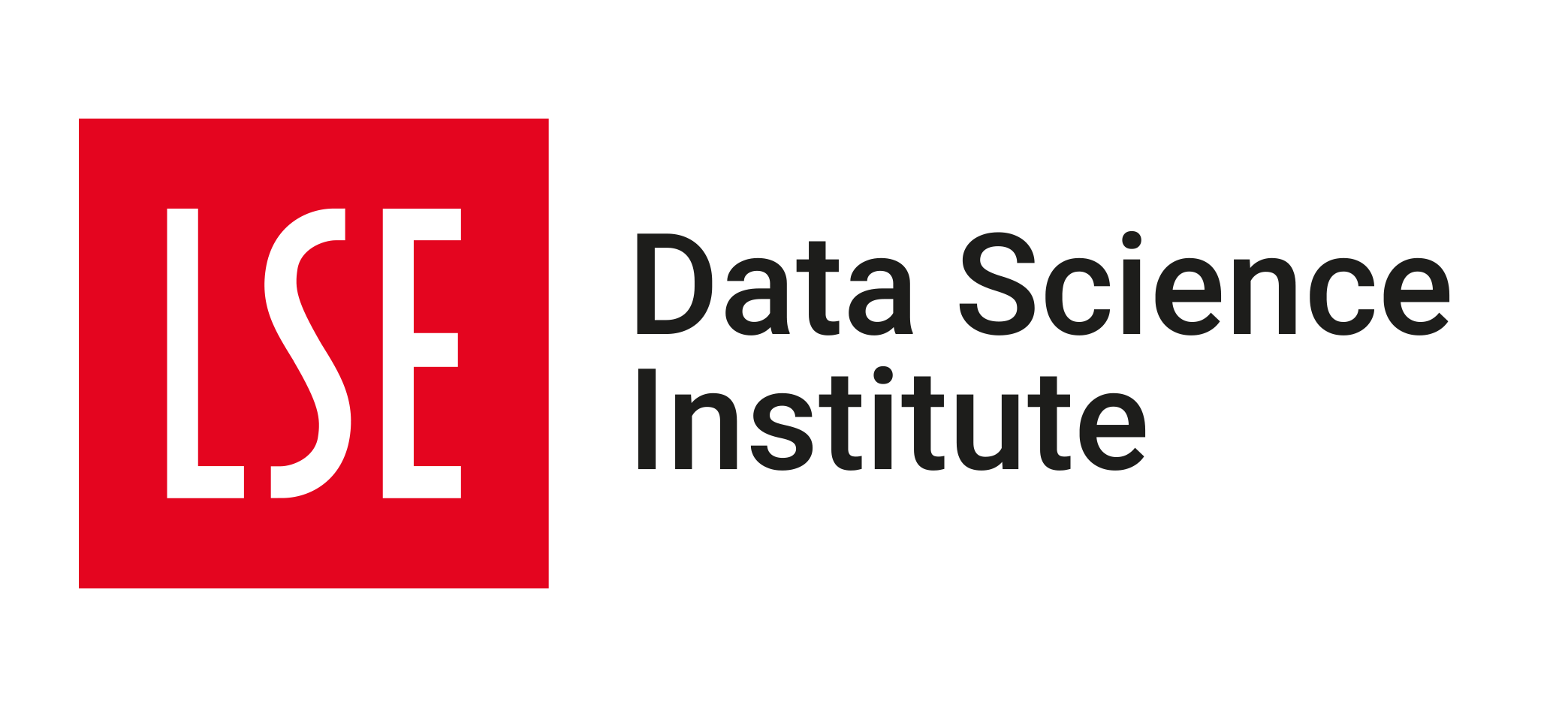💻 Week 04 - Class Roadmap (90 min)
2024/25 Autumn Term
Welcome to our fourth seminar/lab class of DS101A.
In this class we will discuss a data-driven approach to setting public policy, using the “Ofqual debacle” as a case.
Ofqual’s Direct Centre Performance model
The examination centre provided a list of teacher predicted grades, called ‘centre assessed grades’ (CAGs).
The students were listed in rank order with no ties.
With exams with a large cohort; the previous results of the centre were consulted. For each of the three previous years, the number of students getting each grade (A* to U) is noted. A percentage average is taken.
This distribution is then applied to the current years students-irrespective of their individual CAG.
A further standardisation adjustment could be made on the basis of previous personal historic data.
The formulas
For large schools with \(n\geq 15\)
\[ P_{kj} = (1 - r_j)C_{kj} +r_{j}(C_{kj} + q_{kj} - p_{kj}) \]
For small schools with \(n<15\)
\[ P_{kj}={\text{CAG}} \]
\(n\) is the number of pupils in the subject being assessed
\(k\) is a specific grade
\(j\) indicates the school
\(C_{kj}\) is the historical grade distribution of grade at the school (centre) over the last three years, 2017-19.
\(q_{kj}\) is the predicted grade distribution based on the class’s prior attainment at GCSEs. A class with mostly 9s (the top grade) at GCSE will get a lot of predicted A*s; a class with mostly 1s at GCSEs will get a lot of predicted Us.
\(p_{kj}\) is the predicted grade distribution of the previous years, based on their GCSEs.
- You need to know that because, if previous years were predicted to do poorly and did well, then this year might do the same.
\(r_{j}\) is the fraction of pupils in the class where historical data is available.
- If you can perfectly track down every GCSE result, then it is 1; if you cannot track down any, it is 0.
\(\text{CAG}\) is the centre assessed grade.
\(P_{kj}\) is the result, which is the grade distribution for each grade \(k\) at each school \(j\).
Step 01 - Review the problem against the reading preparation (above) (10m)
- Answering questions taken across the class – based on the 📚 class preparation reading materials
Step 02 - The problem and solution design (20m)
What is the problem of “fairness in exam grading” being described here – can you articulate what that means – and why it requires analytical consideration?
Do you have any questions about the algorithm as described?
- Can you identify any design strengths of the Ofqual algorithm?
- Can you identify any design weaknesses of the Ofqual algorithm?
- Can you qualify the role of teachers in predicting course grades?
- What’s good about subjective considerations?
- What’s problematic with subjective considerations?
- In your view, does public opinion reflect (i.e. is it consistent with) the strength and weaknesses?
Discuss with your neighbours
Share your insights with the wider class
Step 03 - Technical considerations (15m)
- Why do we say this algorithm is linear?
- Do you know of any more sophisticated approaches to modelling?
- Would a perfect model resolve the issues identified and highlighted so far?
🍵 Break (~5 min)
Step 04 - Quality (10m)
- Did the algorithm meet the brief?
- .. to “ensure, as far as is possible, that qualification standards are maintained and the distribution of grades follows a similar profile to that in previous years”
- Teacher rankings were taken into consideration, but not the teacher-assessed grades submitted by schools and colleges (at least not for classes of sizes higher than 15 students)
- Was the algorithm’s brief appropriate?
- What metrics do we use to assess performance?
- What factors could the algorithm take into account?
- How should we go about assessment of the “quality of the outcome” for the choices made?
Step 05 - Alternative approaches to the same problem (15m)
- Discuss the approach taken in Scotland and Ireland?
- Present whatever other, different, kinds of approach you can think of
Step 06 - Government and public policy (15m)
“Algocracy”
- What is an “algocracy”?
- Algocracy - on Wikipedia
- What other areas of policy do you know of that are being defined through algorithms?
